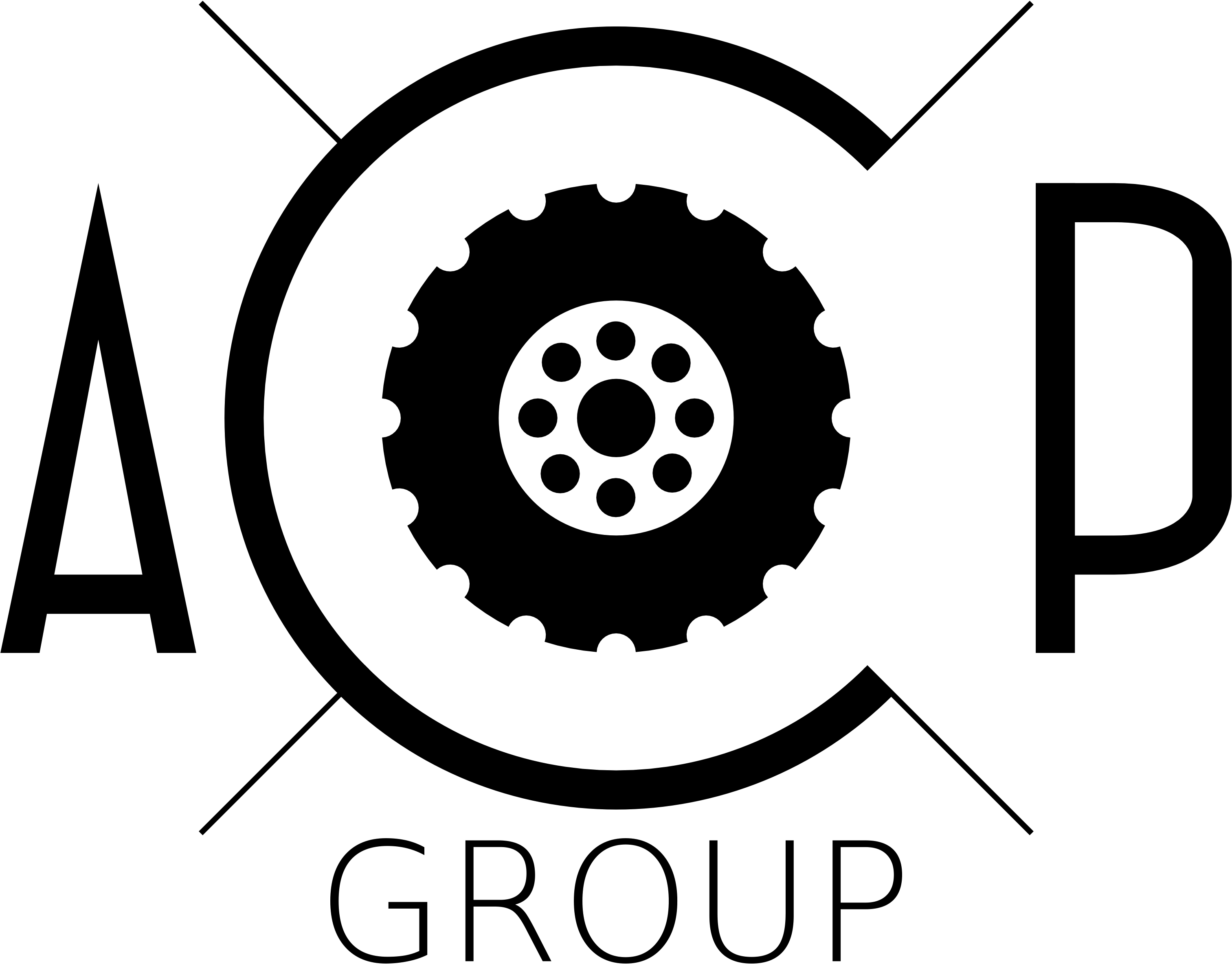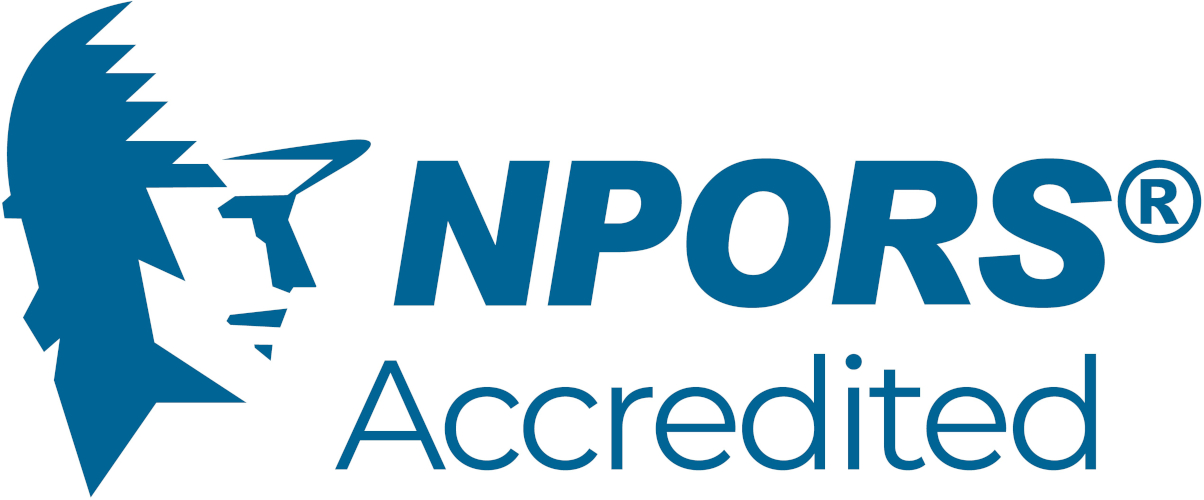Here are the theory test questions for A40 Slinger/Signaller.
During the theory test you'll be asked a maximum of 40 questions.
Please note that your paper will include all the questions we have marked here with an asterisk *. In addition you will have a random selection of the other questions that are not marked here with an asterisk.
These questions will appear on every A40 paper
The safe working load (SWL) of a multi-leg chain sling only applies in what TWO conditions or configuration? (2 marks)*
Why must the hoist rope of an item of lifting equipment (mobile/crawler crane etc.) be kept vertical before lifting any loads? (2 marks)*
a) When is a trial lift carried out and b) name THREE checks to be made? (4 marks)*
Which parts of a slewing-type lifting equipment is the radius (for lifting) measured from? (2 marks)*
What is meant by centre of gravity, or how is the centre of gravity determined, on a load to be lifted? (1 marks)*
Only two legs of a 6 tonne four-leg chain sling are being used. In principle, what is the maximum load that can be lifted with that sling? (1 marks)*
If radios are to be used during the lifting operations, what FIVE actions and checks must be made by the slinger/signaller before use? (5 marks)*
a) What does the safe working load (SWL), as stamped on lifting accessories, indicate? b) what action should be taken if the SWL is not marked on a lifting accessory? (4 marks)*
Why should checks be made to lifting accessories after work has ceased? (1 marks)*
If setting up to lift loads in a pedestrianised area, state ONE factor that needs to be taken into account by the slinger/signaller. (3 marks)*
List SIX factors that must be taken into account by both the machine operator and slinger/signaller if a suspended load is to be travelled across a site. (6 marks)*
Name FIVE proximity hazards which could affect a lifting operation. (5 marks)*
Name FIVE items that should be listed within a site traffic management plan. (5 marks)*
What TWO things should be considered when selecting a place of refuge or safety within a designated plant manoeuvring area? (2 marks)*
Name the FOUR stages of the hierarchy of control for vehicle/plant manoeuvring operations (4 marks)*
A random selection of these questions will appear on each A40 paper
a) Who is allowed to issue lifting accessory test certificates and
b) when are they issued? (3 marks)
If a load is inadvertently slewed rather quickly by the operator of an item of lifting equipment, what TWO initial effects does it have on the load whilst slewing? (2 marks)
State the possible effect on an item of lifting equipment if it is positioned on a slope and lifts a load? (1 marks)
When checking the condition of lifting accessories, why must gloves be worn? (1 marks)
If guiding an item of lifting equipment undertaking pick-and-carry duties near an open trench which has a depth of 2 metres, what is the minimum distance to maintain? (2 marks)
During the lifting operation, part of the task cannot be carried out as detailed in the lift plan. a) What initially must happen to the lifting operation and b) who authorises any changes? (3 marks)
The legs of a chain sling should be no more than 90 degrees apart from each other. What happens to the SWL if the angle is larger? (2 marks)
a) Name THREE different types of lifting accessories, and b) state ONE advantage of each compared to other types of available lifting accessories. (6 marks)
Polyester webbing slings are coloured and have black lines. What do the different colours and number of lines indicate? (2 marks)
On the lifting capacity diagram chart within in Section A40: a) what is the type of sling shown in item B and b) what is type of hitch shown? (4 marks)
a) On hoist rope-equipped lifting equipment, how does the number of lines or falls of rope affect the lifting capacity and b) how is hoist speed affected when the number of lines (or falls of rope) is reduced? (2 marks)
With lighter boom construction on boom or jib-equipped cranes, how does the deflection of a boom or jib affect the lifting of a load? (2 marks)
If a load is being travelled or slewed, what TWO possible factors should the slinger take into account? (4 marks)
What could affect the strength of the signal if radios are being used between the lifting equipment operator and the slinger/signaller? (2 marks)
When working with slewing type-lifting equipment in a restricted/confined area: a) what danger can be present with regards to the machine’s counterweight, b) when should measures be taken and c) what measures should be implemented? (3 marks)
What information is needed when estimating the weight of a load? (3 marks)
During inspections, damage has been found to a lifting accessory. What TWO actions must be taken? (2 marks)
What are the TWO actions that a slinger/signaller undertakes on lifting accessories during pre-use inspections? (2 marks)
If the hook block of a hoist rope-equipped lifting equipment inadvertently (accidentally) lands, what is a possible consequence? (2 marks)
a) On the lifting-capacity diagram chart within Section A40, name component A and b) state its function. (3 marks)
When using more than one lifting accessory, how should they be secured to the crane hook? (2 marks)
a) What is meant by the rated (lifting) capacity of lifting equipment and b) who determines it? (2 marks)
On a busy construction site, how would the slinger/signaller be identified to the lifting equipment operator? (1 marks)
a) On mobile-type lifting equipment, what can apply loading or pressure to the ground and b) name TWO ways that pressure can be reduced. (3 marks)
Wind speeds can be variable throughout the working day. What action must be taken to ensure safe working conditions are maintained? (1 marks)
During a lift, it is suspected that a lifting accessory exceeded the rated capacity. What would be the course of action? (2 marks)
What possible effects does excessive rain have on the lifting operation? (2 marks)
On what type of loads would a spreader beam be used? (1 marks)
A 1-tonne webbing sling is attached to a load using a choke hitch. What is the maximum weight the accessory is allowed to lift? (Note. The tester may provide a different figure in order to check understanding) (2 marks)
What is the difference between a contract lift and a ‘standard’ crane hire? (4 marks)
The slinger has to use new lifting accessories that they are unfamiliar with. What do Regulations (e.g. LOLER 98) and other guidance require the slinger/signaller to have? (3 marks)
If assisting in fitting a fly jib to the crane, why is it important that the manufacturer's procedures are followed precisely? (2 marks)
Give FOUR reasons that may cause mobile-type lifting equipment to overturn. (4 marks)
Two boom/jib equipped cranes are working in the same vicinity that encroach on the operating radius of each. What actions would the lift plan or method statement normally specify? (3 marks)
Give TWO examples of where The Work at Height Regulations may apply to lifting operations. (2 marks)
State the functions or job role of the following personnel: a) appointed person, b) crane/lifting operations supervisor, c) lifting equipment operator. (3 marks)
What are the ideal conditions for lifting accessories to be stored? (2 marks)
On hoist-rope lifting equipment, how does the rope or line length affect loads swings? (1 marks)
What makes up the total (or gross) weight of a load that is to be lifted? (3 marks)
Name THREE ways in which wind speed can affect the lifting operation. (3 marks)
What must be taken into account if a suspended load is being lifted with an accessory e.g. chains, which has extra-long legs? (3 marks)
What TWO checks need to be made before a load is to be lowered into a trench or excavation? (4 marks)
When working with non-hoist rope lifting equipment e.g. excavator, forklift etc. just before going to attach or disconnect a load, a) what action should the slinger/signaller undertake, b) what action should the machine operator undertake and c) explain why? (6 marks)
When undertaking a pick-and-carry duty, explain why turning, even gently, with a suspended load can cause an effect on the machine. (2 marks)
Suspended loads with a large surface area need additional care for what reason? (2 marks)
Before being guided by a signaller for a pick and carry duty, what instruction should be given to the machine operator by the signaller if they lose sight of each other? (1 marks)
Travelling with extra-long loads can be more hazardous for what reason? (1 marks)
If attaching accessories to a quick-hitch coupler of a machine such as an excavator, give TWO reasons why the coupler should be tilted in the downwards position (ram extended). (2 marks)
What is regarded as the danger or hazard zone during a lifting operation? (1 marks)
What needs to be inspected on a quick-hitch coupler of an excavator if attaching lifting accessories for the lifting of slung loads? (2 marks)
What should the slinger confirm with the lifting equipment operator regarding the audible alarm (if fitted) when setting up to carry out a lift ? (1 marks)
How does the use of a swivel hook assist in the lifting operation? (2 marks)
When a suspended load is being travelled, in what position should the load be situated? (1 marks)
Before guiding and assisting the movement of mobile lifting equipment that is being repositioned to carry out a new lifting operation a) what should the marshaller/signaller ensure and b) with whom? (2 marks)
Explain THREE factors that could affect the integrity of a lifting operations exclusion zone and safe movements within the zone. (3 marks)
When can barriers/signs marking a lifting operations working area be removed? (1 marks)
Prior to undertaking signalling duties for pick-and-carry duties, describe FOUR actions to be made by the slinger/signaller to ensure their own safety? (4 marks)
End of questions for A40 Slinger/Signaller


